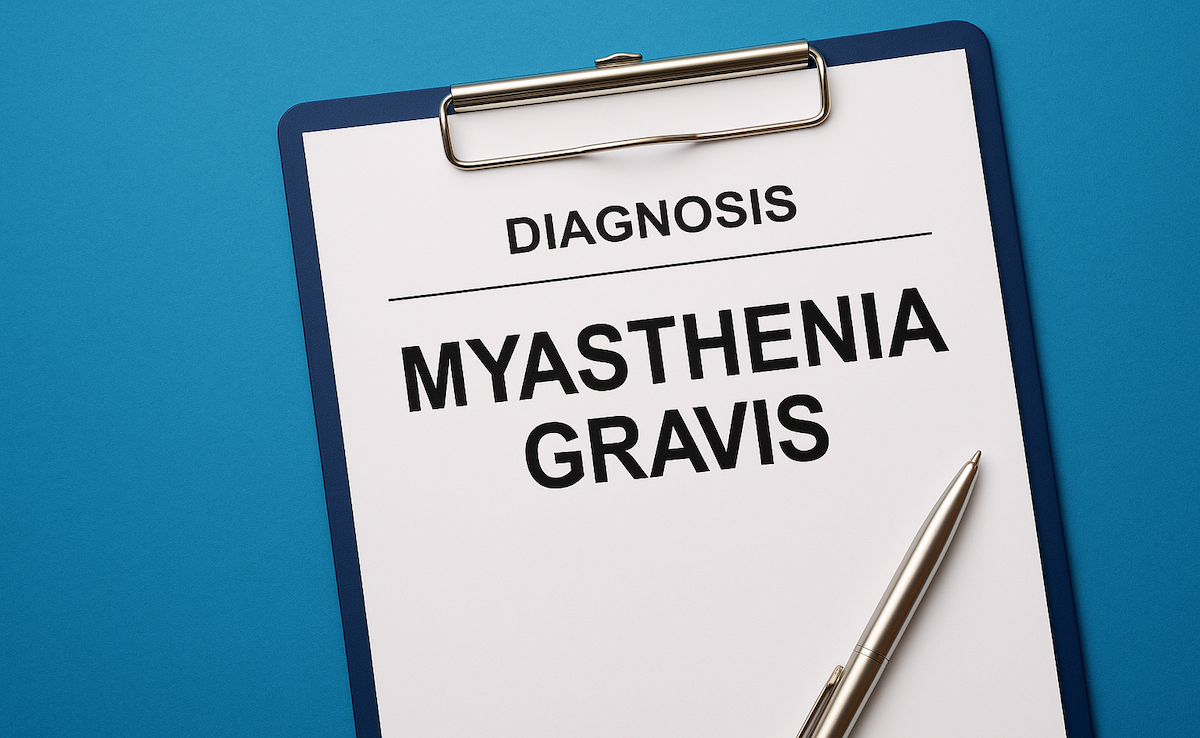News
Article
RSV Infections in Children, Adults Evolve Chest Tomography Features
Author(s):
A review identified specificities that suggested that infections of respiratory syncytial virus (RSV) evolve chest tomography features.
Respiratory syncytial virus (RSV) has some specificities that suggest infections evolve heterogeneous chest tomography (CT) features in children, adolescents, and adults diagnosed with RSV, according to a review published in Children.
RSV has been assessed as a common cause of morbidity in young children due to lower respiratory tract infections. Management of RSV has been far from optimal due to lack of vaccines and other treatment options. CTs have been found to provide a rapid differential diagnosis for respiratory symptoms, especially during the COVID-19 pandemic. This study aimed to collect CTs for children who were diagnosed with RSV compared with people in other groups, such as adults and immunocompromised individuals.
The researchers searched PubMed/MEDLINE, EMBASE, and Medrxiv.org for studies from the inception of each database to December 31, 2022. Studies written in Italian, English, German, French, or Spanish were included in the analysis, as well as studies that reported the crude number of cases of respiratory infections, reported the number of RSV cases diagnosed, reported the number of CT scans performed, and had a laboratory diagnosis of RSV.
Crude prevalence figures per 100 cases were calculated to perform a descriptive analysis. Pooled estimates for prevalence rates were also calculated through the meta-analysis.
There were 10 studies that were reviewed and included in the meta-analysis. All studies were retrospective and were performed between 1993 and 2020; there were 1276 cases included in all of the studies combined. The studies came from China, the United States, South Korea, Japan, Germany, and Brazil. There were 3 studies that were performed on children, 4 on adults, and 3 on immunocompromised people at various ages. There were 7 studies that reported on other viral diagnoses. Eight of the studies relied on polymerase chain reaction tests and 2 used immunofluorescence.
A total of 23.4% individuals across all studies had normal CT scans. Normal scans were only found in adults (30.2%) and patients who were immunodeficient (18.3%). Only 16.2% of cases (95% CI, 10.0-84.6) had normal findings, "suggesting that a considerable share of sampled individuals may fail to beproperly diagnosed even on CT scans," the authors noted.
Organizing pneumonia (33.7%), septal thickening (33.2%), findings of tree-in-bud (27.4%), nodular lesions (27.2%), signs of pleural effusions (7.8%), and crazy paving (5.0%) were the most commonly reported imaging features.
Pulmonary involvement was found to be more commonly bilateral in RSV (76.1%) compared with COVID-19 (47.1%), seasonal influenza (53.3%), and all viral infections (49.3%). Extensive or multifocal involvement was less frequent in RSV (21.4%) compared with seasonal influenza (78.6%) and all viral infections (73.1%), with the crude risk ratio estimated at 3.667 (95% CI, 1.714-7.842) and 3.410 (95% CI, 1.616-7.195) respectively.
Nodular lesions were more frequently reported in cases of RSV compared with cases of COVID-19 and seasonal influenza (42.7% vs 15.0% and 22.8% respectively). Tree-in-bud features were found to be more frequent in RSV compared with seasonal infleunza and non-RSV viral infections (34.1% vs 20.4% and 23.2%). Organizing pneumonia was also reported less often for RSV compared with seasonal influenzas.
There were some limitations to this study. The included studies were heterogeneous, which means a precautionary approach should be taken toward the results. The number of studies that were retrieved was limited. The majority of studies that focused on adults and immunocompromised individuals were performed prior to the COVID-19 pandemic. All studies were also performed before the distribution of the COVID-19 vaccine.
The researchers concluded that “RSV was characterized by nonspecific findings” such as septal thickening and nodular lesions. However, they cautioned that RSV and non-RSV viral pneumonia had overlapping features on CT scans and medical professionals should use them with some caution as a diagnostic option.
Reference
Riccò M, Corrado S, Palmieri S, Marchesi F. Respiratory syncytial virus: a systematic review and meta-analysis of tomographic findings (2000-2022). Children (Basel). 2023;10:1169. doi:10.3390/children10071169
Newsletter
Stay ahead of policy, cost, and value—subscribe to AJMC for expert insights at the intersection of clinical care and health economics.




